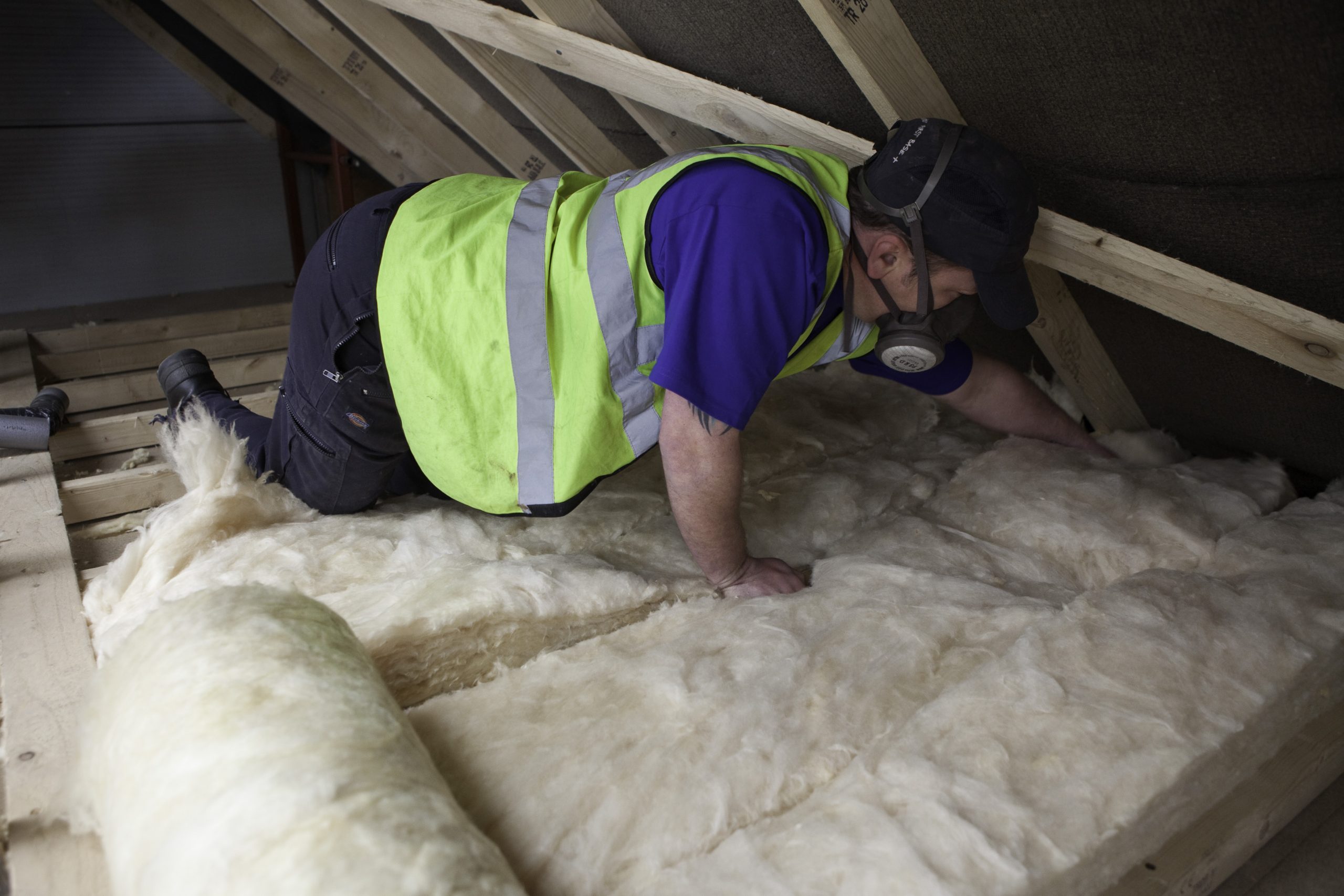What Key Policies Need to be Identified in the Heat and Buildings Strategy?

As the government commits to ‘build back better’, Housing Industry Leaders looks at what the upcoming Heat and Buildings Strategy needs to emphasise in order to ‘build and retrofit greener’.
The current gas crisis has brought to light the vulnerability of the nation in terms of future power and heating and the fact that the Heat and Building Strategy is long overdue.
Identifying the development in skills for thousands of installers is needs to be prominent in the upcoming strategy in order to ensure a nationwide delivery of efficient heat pumps. In total, 29 million homes need retrofitting by 2050, according to the Committee on Climate Change.
However, there are only 1000 accredited heat pump installers compared with 96,000 installers of mainly gas boilers, and only 2% of the 36,000 retrofit coordinators needed.
The strategy also needs to identify the need for support for people on low incomes including those in fuel poverty, forced to choose between food and heating, to make their homes more energy-efficient and create incentives for others to retrofit.
Currently, over 1.7 million gas boilers are still being sold each year
In accordance with the Climate Change Committee’s 6th carbon budget, nearly 11 million houses need to move from gas to renewable heat sources by 2035. Yet since December 2019, government schemes have retrofitted just 200,000 homes.
With the government committing to installing 600,000 heat pumps per year by 2028 in the 10-point plan for a green industrial revolution, are they on track to reach this target?
According to the Construction Leadership Council, we need to skill up an extra 500,000 tradespeople and construction professionals by 2030 to deliver the retrofit revolution.
With an ageing workforce in the building sector and not enough new applicants to cover the turnover, the need to encourage young people to want to get involved with the industry is a huge ambition.
The green skills transition is offering the opportunity to encourage more women and people from Black, Asian, and other under-represented groups to seek careers in building a greener future, but more needs to be encouraged from the Heat and Building Strategy.
Harriet Lamb, CEO of Ashden, said: “We have recently witnessed the impact of national skills shortages on the haulage industry and the resulting fuel crisis. The installer skills gap is also a key blockage that the long-anticipated Heat and Buildings Strategy must clear.
There is a massive gap between the UK’s current capacity to retrofit homes and install heat pumps and the sheer volume of work actually needed to achieve zero carbon by 2050.
Ashden work to accelerate transformative climate solutions and support climate innovation in the UK and developing countries around the world.
They are calling on the government to invest in the Further Education sector to train instructors, develop new courses and provide capital investment in new energy efficiency training facilities and low carbon skills development.
Nearly 11m homes need to be made more energy efficient by 2035
Without the right skills, there is a danger that the quality of installations is compromised risking future Grenfell-style disasters
Harriet Lamb continued: “Pioneering organisations are showing how communities, councils and social enterprises can meet the challenge, but it needs long-term government action to incentivise a large-scale, national, rollout to build and retrofit greener.”
In the run-up to COP, the government can show true leadership. It’s good for the climate and good for decent jobs and skills, boosting the economy
Previous attempts to boost green skills have failed due to stop and start government policy to boost demand for home energy retrofit and low carbon heat.
Local government needs long-term funding certainty so councils can deliver comprehensive area-based programmes and build up local supply chains.
Over a third of those in fuel poverty live in privately rented homes
With gas price rises leaving many families struggling to pay their energy bills, a ‘fabric first approach’ that looks to reduce energy demand through improving the fabric of the house, particularly insulation, will leave fewer families having to choose between heating and eating.
The Heat and Buildings Strategy must commit to implementing new regulations on the Energy Performance Certificate standard ‘C’ rating by 2028 and give councils the powers to make landlords comply.
Other incentives and regulations needed to encourage all homeowners and landlords to retrofit their properties include green mortgages, a fiscally neutral, variable Stamp Duty Land Tax for more efficient homes and loans and low-cost finance initiatives.
The reform of the planning system and building regulations to enable local authorities to mandate the installation of energy efficiency measures backed by adequate funding for building control officers are also required.

